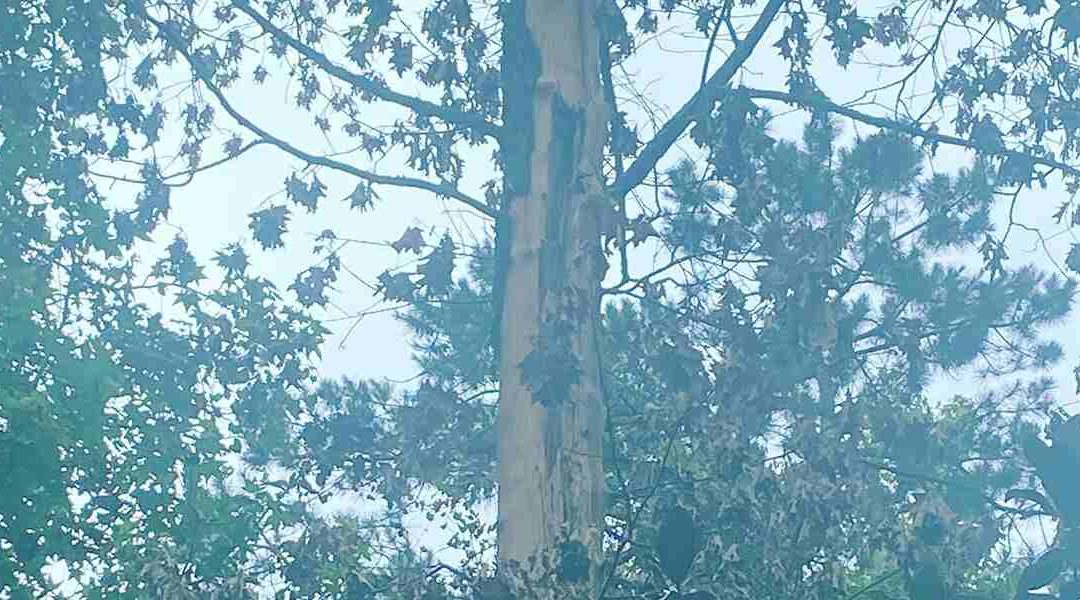Trees improve the resale values and curb appeal of hundreds of properties. However, they can also threaten vehicles and houses with structural defects. Our tree care professionals at Urban Jacks Tree Service answer numerous questions from property owners, like how to recognize hazardous defects in trees and what to do about them, which will help them prevent injury to people.
As Malvern’s trusted tree service, we are proud to be a reliable source of information for residents and business owners who want to know what trees have the potential for failure. We love informing them that tree removal is not always the answer. We can save their trees through bracing, cabling, or pest removal.
How to Inspect Your Trees
An essential part of figuring out how to recognize hazardous defects in trees is knowing what to look for during an inspection. Arborists recommend inspecting your trees for fungal and insect infestations and structural defects at least once a year. You might need a professional to look at them more than once if you live in an area that commonly experiences severe storms.
Examine your trees from the bottom up. Begin with the roots and inspect whether lateral stems stick above the ground. Probe the trunk, branch unions, and stems for insect larvae or fungal colonies.
Things to Consider
Some tree species are vulnerable to diseases and pests that other trees might be immune to, so learning about the ones growing in your yard is essential. For example, the bronze birch borer and birch leafminer only target birch trees, and bacterial leaf scorch and purple eye appear almost exclusively on maple trees.
Trees have different lifespans, and their immune systems might weaken as they advance in age, leaving them more vulnerable to diseases and structural issues.
Healthy trees will have thick inner branches and green foliage with full-sized leaves. They will not have cracked limbs or spotted leaves, typical signs of malnutrition and infestation.
Structural Defects that Will Cause Trouble Down the Line
Here are a few structural defects that might lead to tree removal. Our arborists look for these warning signs on every inspection, allowing us to prevent infections from spreading and falling branches from hurting people.
Deadwood
Deadwood refers to white or blackening dead branches hanging off the crown. They no longer receive nutrition from photosynthesis or tree roots and are often brittle and dry. They can not sway with the wind and will soon break and fall, destroying whatever is beneath them.
We eliminate all deadwood from trees to save them from decay and fungal infestation. Sometimes, dead and decaying branches are a symptom of imminent tree death.
Cracked Bark
Cracked bark invites insect and fungal pests to make nests in your trees. It is commonplace in aging trees and ones with failing health. We recommend tree removal if the cracks cut through the bark, share contact with another defect, or are part of three or more cracks in the same area.
Advanced Decay
Decaying branches and trunks suggest that a tree is dead or dying. You will usually find crumbling soft wood in the central cavities of your tree.
Conks and mushrooms will take advantage of the moist dead tissues and grow in the stems and root flares. Arborists can add sound outer wood shells to save trees exhibiting early signs of decay.
Call the Experts Today
Got more questions about how to recognize hazardous defects in trees? Learn more about structural defects, like holes in trees, by calling Urban Jacks Tree Service at (501) 547-4018 for a free consultation.

